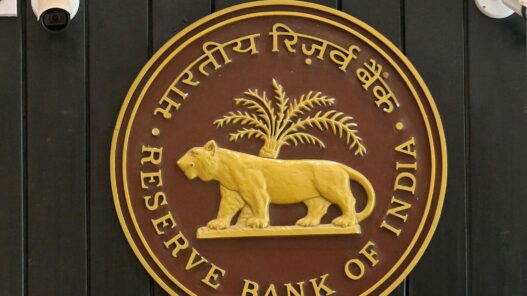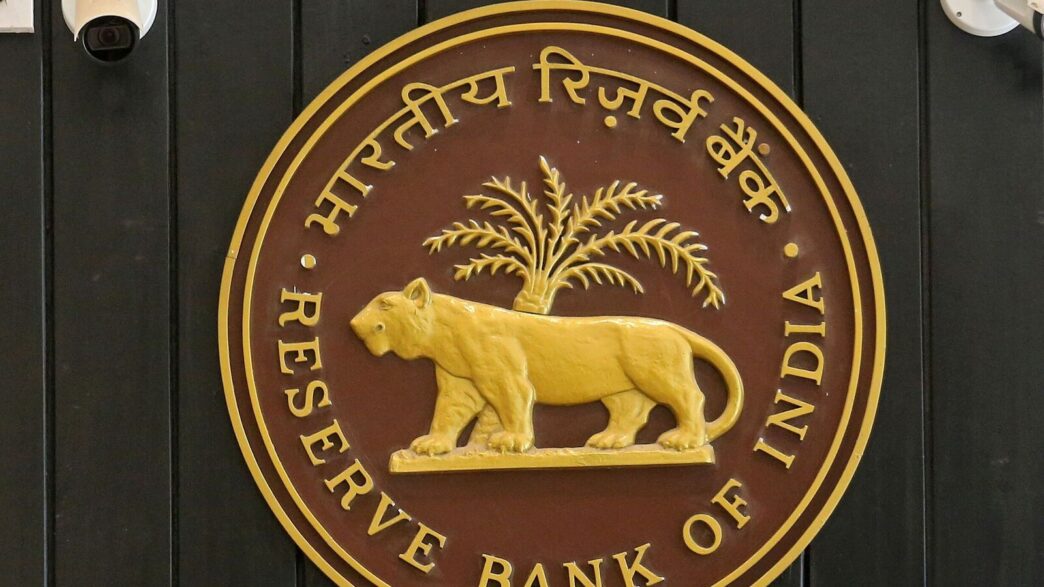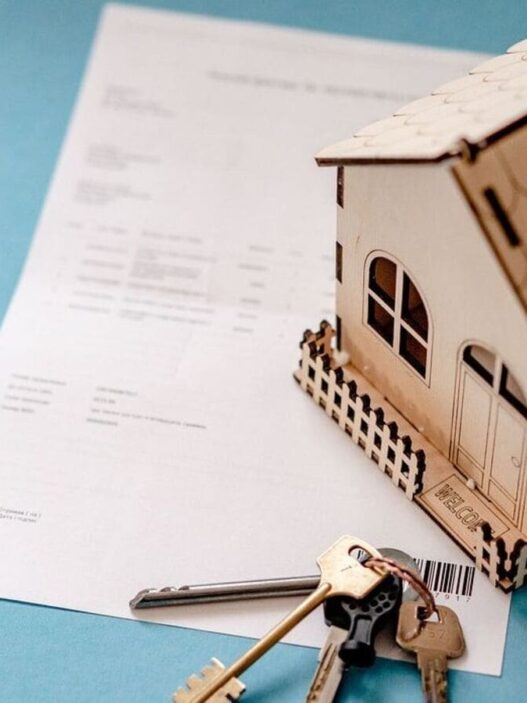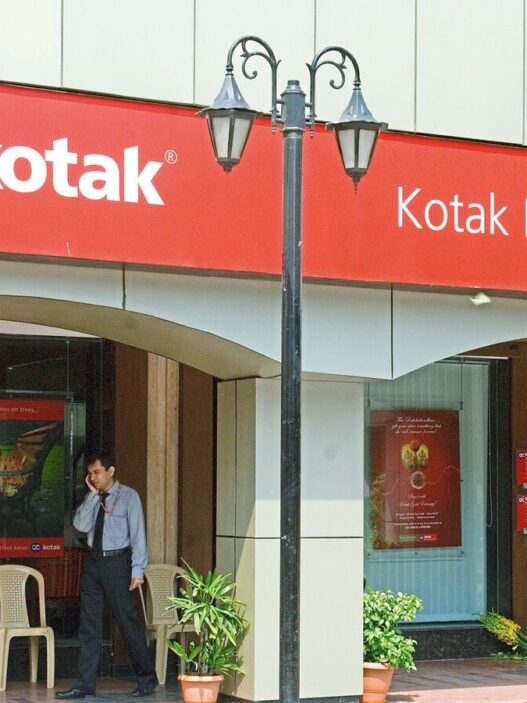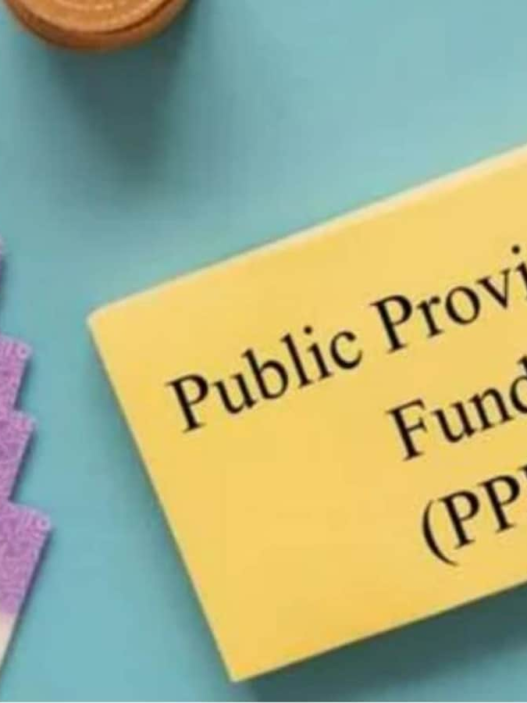The Reserve Bank of India’s (RBI) monetary policy committee cut the repo rate by 25 basis points in February to 6.25 per cent, its first reduction in nearly five years. RBI appears on track for another round of monetary easing in its next policy meeting, scheduled to take place from April 7-9, and may again go for a rate cut of 25 basis points, according to Citibank’s latest forecast.
This follows the projections by JP Morgan and Nomura. Bank of America’s Global Research also expects the repo rate to reach 5.5 per cent by the end of the year since RBI has room to cut rates in view of non-inflationary growth and subdued price pressures.
Read this Livemint article for details.
This means the banking regulator will cut the repo rate by a total of 100 basis points (bps) in 2025, including 25 bps in February.
If this happens, EMIs on home loans and car loans would see a decline. In fact, personal loan EMIs could also follow suit.
Let us explore this further.
What is a repo rate?
Simply put, the repo rate or repurchase rate is the rate at which the RBI lends to commercial banks for short-term periods against government securities. Currently, the repo rate stands at 6.25 per cent.
Why do banks pass on the benefit of rate cuts?
Banks bear a cost of capital, which includes the repo rate. The higher the repo rate, the higher the cost of capital. And lower the repo rate, lower the capital cost. When banks manage to raise funds at a lower cost, they can afford to lend at a lower cost. This is why banks pass on the benefit of rate cuts.
Is it mandatory for banks to pass on the benefit?
This is not mandatory, but in view of the competitive rates prevailing in the market, each bank wants to be seen offering loans at affordable rates. However, it is not mandatory that the bank will pass on the benefit of rate cut to consumers in the same proportion.
Will personal loan interest rates fall?
Personal loans are typically given at a fixed rate of interest. So, any cut in the repo rate will not lead to a rate cut on current loans. However, new personal loan borrowers may benefit from lower rates, as lenders may offer reduced interest rates following a fresh rate cut.
Why does RBI cut repo rate?
The RBI slashes the repo rate when the Monetary Policy Committee (MPC), comprising six members, feels that inflation is under control and increased liquidity is needed in the system.
Conversely, when inflation is high, the banking regulator raises the repo rate to regulate the money and curb inflationary pressures.
Click here for more personal finance news

